AO Edited
Ghetto Wall Memorial
The holes in this wall provide a glimpse into Jewish life in Budapest, both past and present.
In November 1944, the Minister of Internal Affairs of the Arrow Cross released a decree to establish a Jewish ghetto within Budapest. From December 1944 until January 1945, this area was then locked down.
While the last remaining piece of the original ghetto wall was destroyed to make way for construction in 2006, this memorial is where the Budapest ghetto’s wall once stood during the darkest days of the Holocaust.
During this period, 70,000 Jews were crowded into an area less than a mile squared. They were forced to occupy just over 4,000 apartments with an average occupancy of 14 people per room, while many others were forced to survive on the streets.
A map carved into the concrete shows the outline of the ghetto, marking some of its most important institutions. The map has small round openings, reminiscent of bullet holes across its surface, looking through these will allow viewers to see historical scenes from the neighborhood.
The memorial also has plates of rusty steel that are punched through with religious verses and a summary of Jewish life in Budapest both past and present are available in Hungarian, English, and Hebrew. It not only recalls the Holocaust but mentions the revival of Jewish life in the neighborhood.
The memorial was erected by the Local Government of Budapest and the Hungarian United Israelite Community.
Know Before You Go
Nearby look down in the pavement to find one of the Stolpersteine located in the pavement. These are small plaques listing the names of victims of the Holocaust who lived nearby.
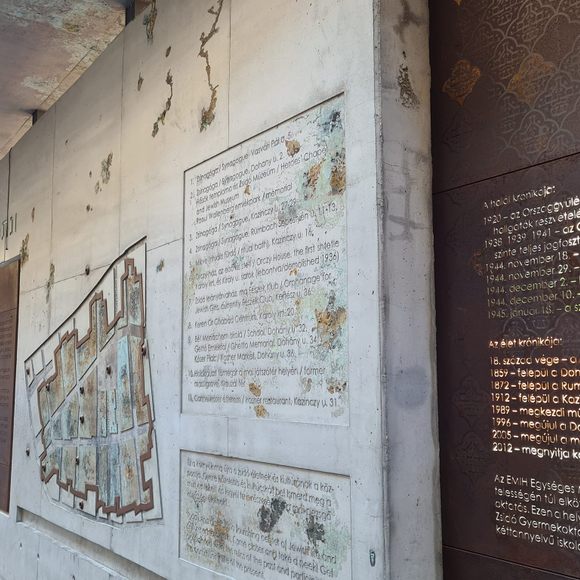


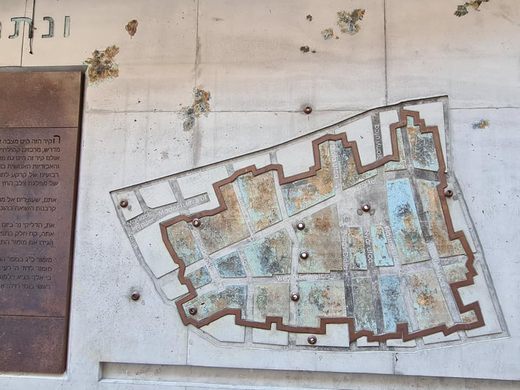


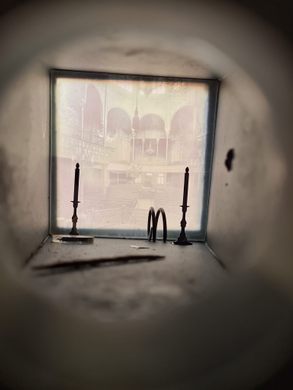





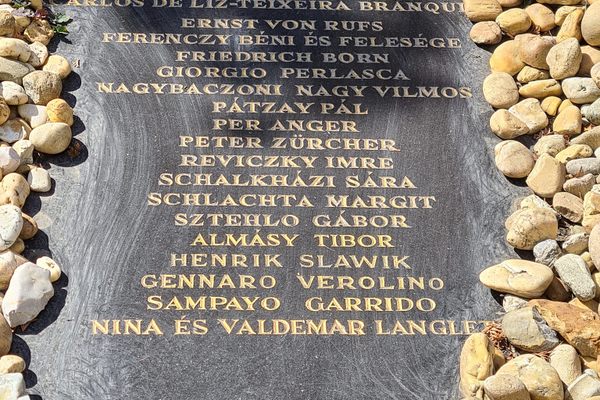
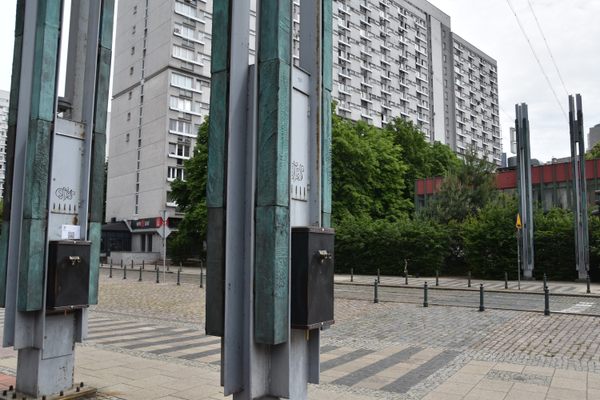


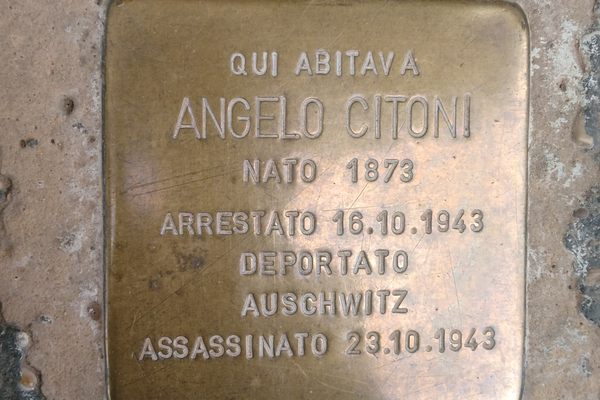

Follow us on Twitter to get the latest on the world's hidden wonders.
Like us on Facebook to get the latest on the world's hidden wonders.
Follow us on Twitter Like us on Facebook